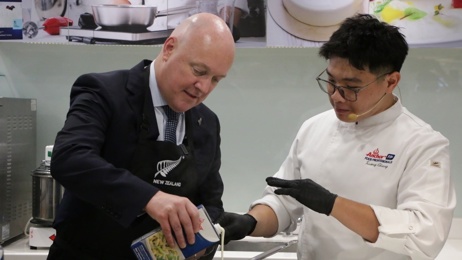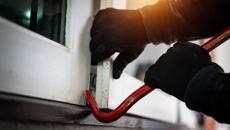
We’re in that season where political parties are rolling out policies that reflect their visions for New Zealand. Few ideas remain unclaimed this close to the election, but here’s one that’s free to a good home. It’s a cost-neutral way to narrow inequity in student outcomes, raise academic achievement, and take an hour a day off many teachers’ workloads.
If it sounds too good to be true, that’s because it comes with a catch: implementing it will involve difficult conversations that take in a review of evidence and –hopefully- end in a consensus.
The problem? It’s our currently content-poor curriculum. Evidence here and overseas shows that much of the drag on our educational outcomes is generated by the very framework designed to improve them.
In a recent study by Dr Nina Hood, a survey of 523 New Zealand teachers illustrates how the lack of a content-rich curriculum and adequate support for teachers undermines the promise of equal educational opportunities for all.
In “Variable in/by design: The variable nature of curriculum design and instructional materials in Aotearoa New Zealand schools,” she writes: “International research routinely finds that those countries or provinces that deliver a comprehensive, content-rich curriculum which ensures that students acquire a broad general knowledge, achieve higher and more equitable student outcomes than countries with skills-based or more open curricula.”
Guess which category New Zealand falls into.
Our stripped-back curriculum, introduced in 2007, leaves course content wide open for interpretation. It’s no coincidence that, of all English-speaking countries in the Programme for International Student Assessment (PISA) survey, New Zealand now has the widest gap between the reading skills of advantaged and disadvantaged students. Not only is overall achievement declining—but our education system is contributing to inequality.
This is despite the fact that New Zealand has some of the hardest-working teachers. Three out of four teachers find and develop their own instructional materials—often paying for materials themselves—and a quarter of them spend a minimum of 6 hours a week finding and developing resources. The Ministry of Education’s attachment to student-led learning and a localised curriculum dictates that teachers must continually reinvent wheels.
This is not just an unnecessary burden; the quality of education students receive is highly variable, with materials mined from social media, the internet, and various publishers in addition to local content.
And even if these are all high quality, “their impact will not be as great if they are not part of a carefully sequenced learning experience,” Hood writes. More than a third of teachers reported no clear progression in curriculum content, and more than half said that students are not consistently learning the same things. A “carefully sequenced learning experience” is not what most students are offered.
Teachers quoted in Hood's report show the level of discontent:
“It is the blind leading the blind,” wrote one.
Another said, “I have begun accessing the Australian Curriculum as they are leading the way in creating and sharing resources which align with the science of learning—explicit, systematic, and progressive.”
Dr Bronwyn Wood, Associate Professor at Victoria University of Wellington’s School of Education, summarises the situation well: “High autonomy is supporting the highest decile schools fine. … But in our poorer communities, this high autonomy model that relies on very high teacher professionalism and support from the wider community—what we call cultural capital—if it’s not there, then the gaps emerge more than if we had a prescribed curriculum.”
An “eclectic exposure to knowledge” does no one any favours.
New Zealand’s curriculum is currently undergoing a "refresh,” which promises that its deficits will soon be addressed. But will the content-rich framework many educators hope for emerge, or will teachers be left with a rebrand of the same failed approach? Indications aren’t hopeful.
Educators who have reviewed drafts of the refreshed curriculum have called them “threadbare” and “lacking context”. The science curriculum contains no mention of physics or chemistry and expects all relevant subjects to fit into four new quadrants: biodiversity; food, energy and water; the earth system; and infectious diseases. Theoretically, this won’t stop us from training new surgeons, engineers and STEM teachers, but it’s unclear how reimagining the sciences this way will help.
Under Labour, we’ve had the acknowledgement that the curriculum is not, as the Ministry of Education website puts it, “working well for all learners” and that they “are trying to make it better.” National intends to rewrite it “to include clear requirements about the specific knowledge and skills primary and intermediate schools will need to cover for each school year in reading, writing, maths and science.”
So, however this election shakes out, the curriculum will be changing. The real question is whether the next government will ensure that things head in an entirely different direction, one that takes in all the evidence.
Maryanne Spurdle is a researcher at the Maxim Institute - an independent think tank working to promote the dignity of every person in New Zealand by standing for freedom, justice, compassion, and hope.
Take your Radio, Podcasts and Music with you









